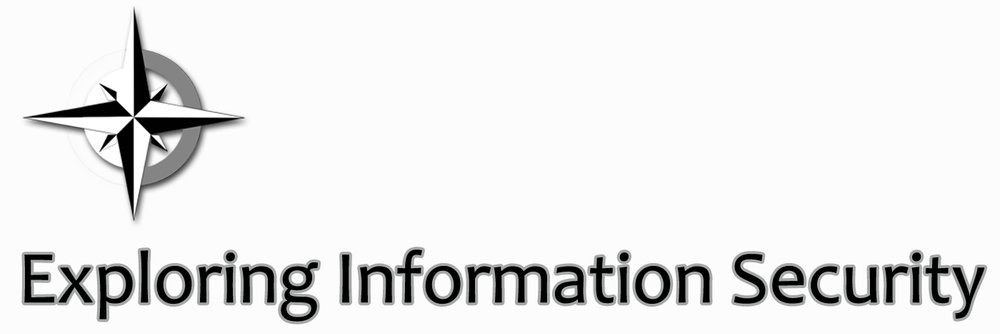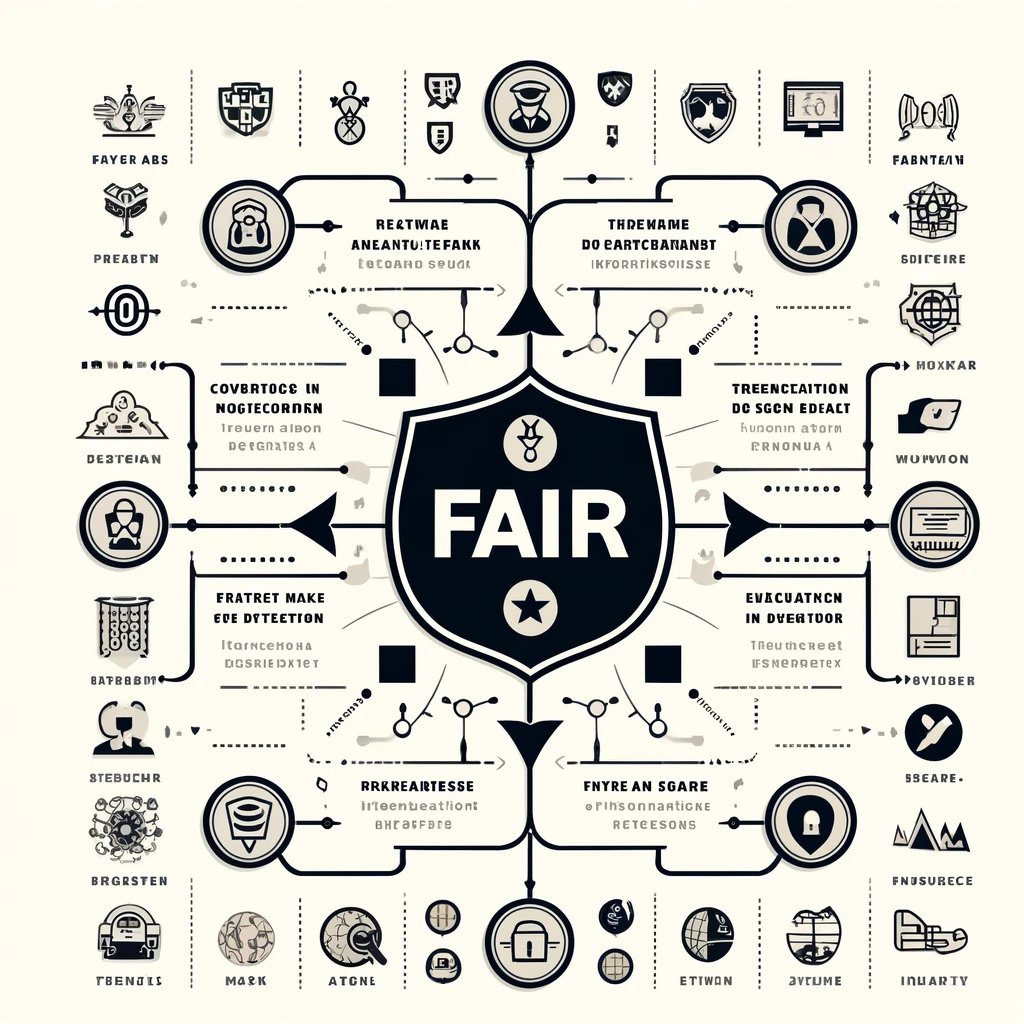Factor Analysis of Information Risk (FAIR)
What is fair?
FAIR (Factor Analysis of Information Risk) is a threat modeling framework designed to quantify risk in information security. It provides a structured and consistent approach to understanding, analyzing, and measuring information risk.
Here are the key components and concepts of the FAIR framework:
Key Components
Risk: The probable frequency and probable magnitude of future loss.
Threat Event Frequency (TEF): The probable frequency, within a given timeframe, that a threat agent will act against an asset.
Vulnerability (Vuln): The probability that a threat event will result in a loss.
Threat Capability (TCap): The probable level of force that a threat agent is capable of applying against an asset.
Control Strength (CS): The strength of controls that protect the asset, measured relative to the threat agent’s capability.
Loss Event Frequency (LEF): The probable frequency, within a given timeframe, that a threat event will result in a loss.
Loss Magnitude (LM): The probable magnitude of loss resulting from a loss event.
Primary Loss (PL): Losses directly associated with the asset being compromised.
Secondary Loss (SL): Losses resulting from secondary stakeholder reactions to the primary loss event.
Process Overview
Identify and Define Assets: Determine the assets at risk and their value to the organization.
Identify and Define Threats: Identify the threat agents that could potentially act against the assets.
Evaluate Control Strength: Assess the effectiveness of existing controls in protecting the assets.
Evaluate Loss Magnitude: Estimate the potential loss magnitude if a threat event were to occur.
Quantify Risk: Combine the estimates of threat event frequency, vulnerability, and loss magnitude to quantify the overall risk.
Benefits of FAIR
Quantitative Approach: Provides a quantitative measure of risk, which can be more actionable and defensible than qualitative assessments.
Consistency: Offers a structured methodology, reducing subjectivity and improving the consistency of risk assessments.
Decision Support: Enhances decision-making by providing clear and understandable risk metrics.
Communication: Improves communication about risk among stakeholders by using a common framework and terminology.
FAIR is widely used in organizations looking to improve their risk management processes, especially those in sectors with high regulatory and compliance requirements..
Resources
Books
"Measuring and Managing Information Risk: A FAIR Approach" by Jack Freund and Jack Jones
This book provides a comprehensive introduction to the FAIR framework, offering practical advice on how to apply it in real-world scenarios.
Training and Certification
FAIR Institute
The FAIR Institute offers various training programs, including introductory courses and certification programs such as the FAIR Risk Analyst (FAIR-R) certification.
Website: FAIR Institute
RiskLens Academy
RiskLens, a company that offers FAIR-based software solutions, provides training through the RiskLens Academy, which includes workshops and online courses on FAIR.
Website: RiskLens Academy
Software Tools
RiskLens
RiskLens is a software platform that operationalizes the FAIR model, helping organizations conduct quantitative risk analysis.
Website: RiskLens
Open FAIR Risk Analysis Tool
The Open Group provides an Open FAIR Risk Analysis Tool to assist with conducting risk assessments based on the FAIR framework.
Website: The Open Group
Online Communities and Forums
FAIR Institute Community
The FAIR Institute offers a community platform where professionals can discuss FAIR-related topics, share experiences, and network with peers.
Website: FAIR Institute Community
Whitepapers and Case Studies
FAIR Institute Whitepapers
The FAIR Institute publishes whitepapers and case studies that provide insights into the application of FAIR in different industries.
Website: FAIR Institute Whitepapers
Online Articles and Blogs
RiskLens Blog
The RiskLens blog regularly publishes articles on FAIR, including tips, use cases, and updates on the latest developments in the field.
Website: RiskLens Blog
FAIR Institute Blog
The FAIR Institute also maintains a blog with contributions from industry experts and practitioners.
Website: FAIR Institute Blog
These resources should help you get started with understanding and implementing the FAIR framework in your organization.

